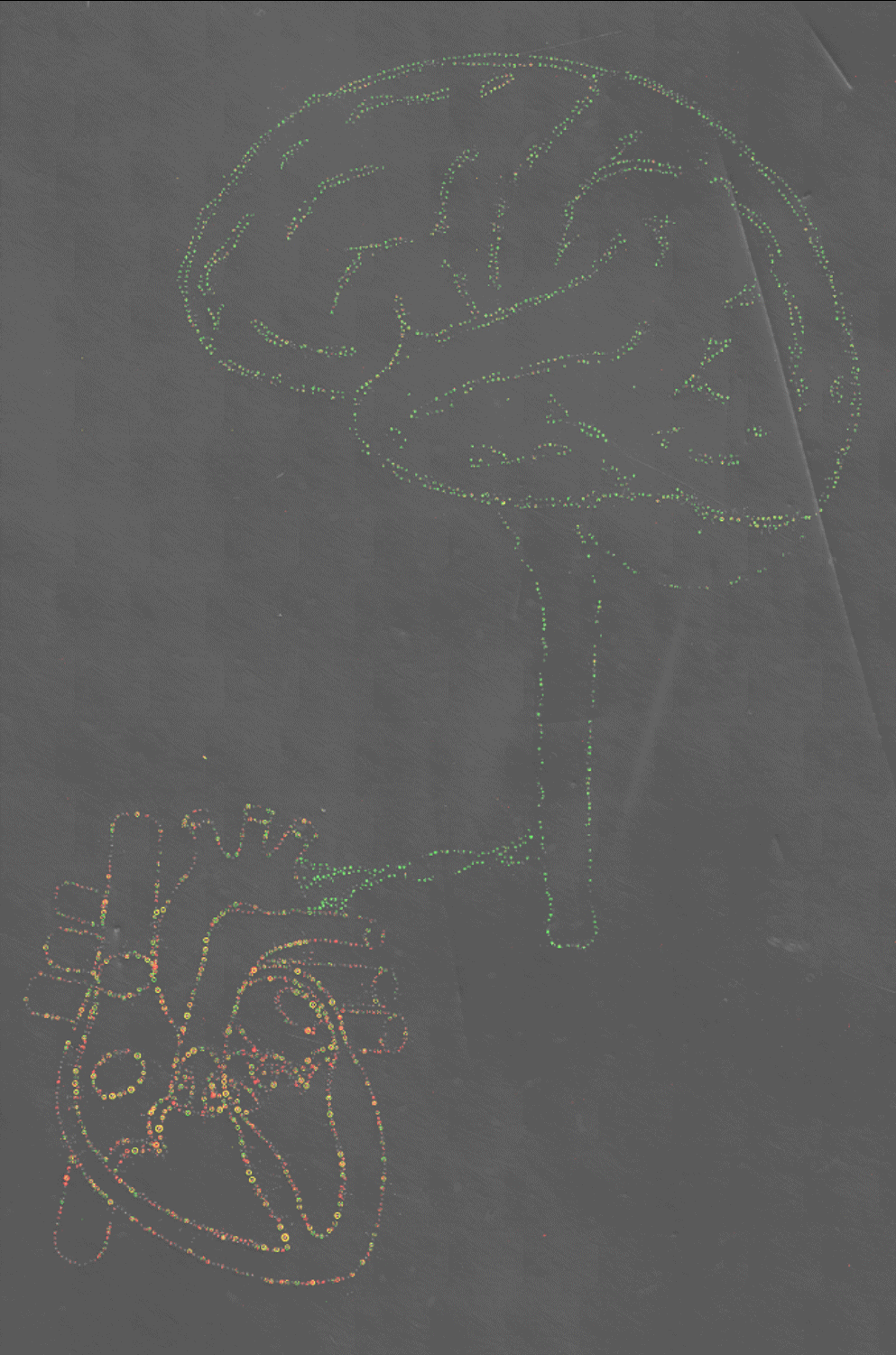Princeton
From 2007.igem.org
| Line 2: | Line 2: | ||
__NOTOC__ | __NOTOC__ | ||
| - | =Princeton | + | ==Overview== |
| + | ===2007: [[Princeton/Project Description | A Lentivirus-Delivered, RNAi-Enhanced Logic Circuit for Cancer-Specific Detection and Destruction]] === | ||
| - | + | The [[Princeton/People | Princeton University iGEM 2007 team]], consisting of 10 undergraduate members, 2 high school students, and 8 instructors, envisions a paradigm shift in the way we envisage cancer cell targeting. | |
| - | + | ||
| - | + | Using standard engineering practices, we have designed, and are in the process of implementing, a new system that utilizes RNA interference (RNAi) mechanisms to detect and destroy cancer cells in a tissue-specific manner. We will interface RNAi components together with promoter and repressor elements to form logic circuits, which will allow for the use of multiple criteria to further specify cancer targets. Additionally, we utilize mutant integrase to insert our construct into the cell as a non-integrated plasmid, preventing any disruptive effects that could be attributed to pseudorandom integration by the lentiviral delivery mechanism, and ensuring that the system will not be inherited by future generations of the normal cells, thus preventing unintended proliferation of our construct. In doing so, we hope to minimize adverse effects to healthy cells, and thereby allow for more extensive and comprehensive cancer treatments. | |
| - | + | We are in the process of constructing our system, component by component, to throughly test each element and, where possible, revise the implementation of our constructs to improve effectiveness. Lab work, including experimentation, bioinformatics, and simulations, and literature have been used as feedback mechanisms to improve the implementation of the designed systems. | |
| - | + | ||
| - | + | ||
| - | + | ||
| - | + | ||
| - | + | ||
| - | + | ||
| - | + | ||
| - | + | ||
| - | + | ||
| - | + | ||
| - | + | ||
| - | + | ||
| - | + | ||
| - | + | ||
| - | + | ||
| - | + | ||
| - | + | ||
| - | + | ||
| - | + | ||
| - | + | ||
| - | + | ||
| - | + | ||
| - | + | ||
| - | + | ||
| - | + | ||
| - | + | ||
| - | + | ||
==Previous work== | ==Previous work== | ||
Revision as of 15:17, 25 October 2007
Overview
2007: A Lentivirus-Delivered, RNAi-Enhanced Logic Circuit for Cancer-Specific Detection and Destruction
The Princeton University iGEM 2007 team, consisting of 10 undergraduate members, 2 high school students, and 8 instructors, envisions a paradigm shift in the way we envisage cancer cell targeting.
Using standard engineering practices, we have designed, and are in the process of implementing, a new system that utilizes RNA interference (RNAi) mechanisms to detect and destroy cancer cells in a tissue-specific manner. We will interface RNAi components together with promoter and repressor elements to form logic circuits, which will allow for the use of multiple criteria to further specify cancer targets. Additionally, we utilize mutant integrase to insert our construct into the cell as a non-integrated plasmid, preventing any disruptive effects that could be attributed to pseudorandom integration by the lentiviral delivery mechanism, and ensuring that the system will not be inherited by future generations of the normal cells, thus preventing unintended proliferation of our construct. In doing so, we hope to minimize adverse effects to healthy cells, and thereby allow for more extensive and comprehensive cancer treatments.
We are in the process of constructing our system, component by component, to throughly test each element and, where possible, revise the implementation of our constructs to improve effectiveness. Lab work, including experimentation, bioinformatics, and simulations, and literature have been used as feedback mechanisms to improve the implementation of the designed systems.
Previous work
2006: Programmed differentiation of mouse embryonic stem cells using artificial signaling pathways
Our vision is to develop reliable techniques for programmed tissue generation in mammalian systems. Our iGEM 2006 work encompasses artificial cell-cell signaling and signal processing, directed differentiation, pattern formation, modeling and precise cellular placement.
A summary of the project is available.
